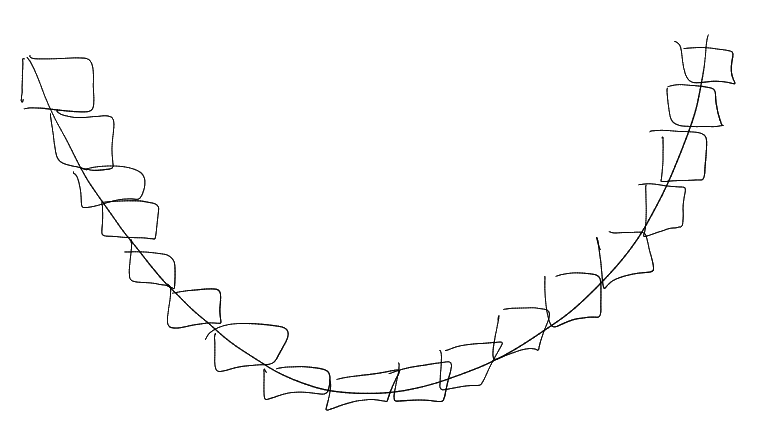6 Tube incidence implications of Fourier restriction
Last time: LOCALLY CONSTANT PROPERTY (think of it more as “heuristic”).
If
then
-
(1)
Imagine
on unit balls.
-
(2)
.
What if
(so on
-balls)?
where .
|
|
is approximately
averaging over a -ball.
is approximately
averaging over -balls.
What about ?
Same thing happens, because will have
Fourier support in , and taking absolute
values means we don’t notice the
(modulation).
Returning to .
|
|
,
on
,
.
Last lecture
|
|
Can choose
such that
-
.
-
.
Case 1: .
LHS of
(using Hölder) is
Case 2: .
Use for
intuition.
Imagine a function which is
approximately constant on each
cube .
Think of as
.
|
|
Note
Therefore,
if .
( for all
).
for
.
Important: locally constant property means we didn’t need
, like
before.
Make the intuition rigorous.
|
|
Consider the integral:
˙

